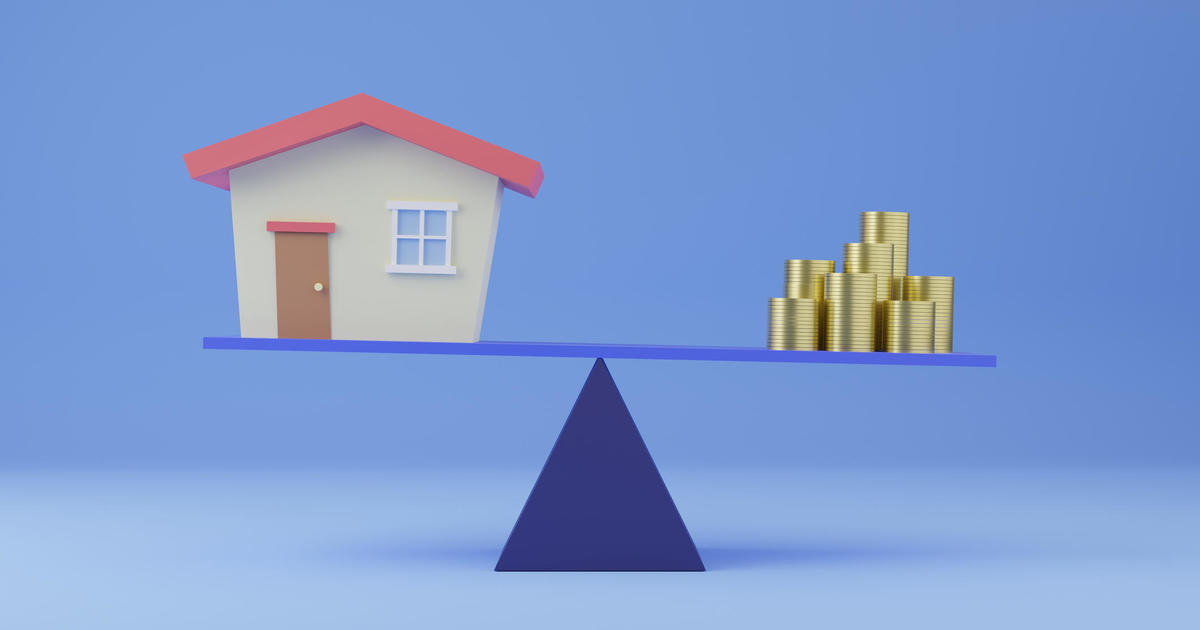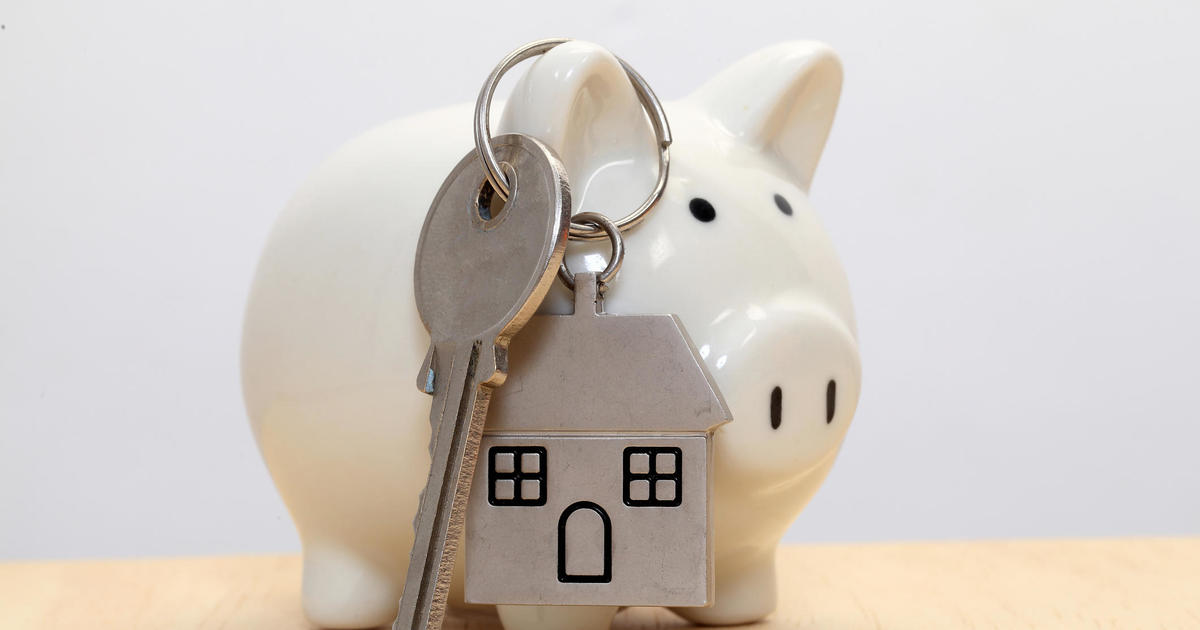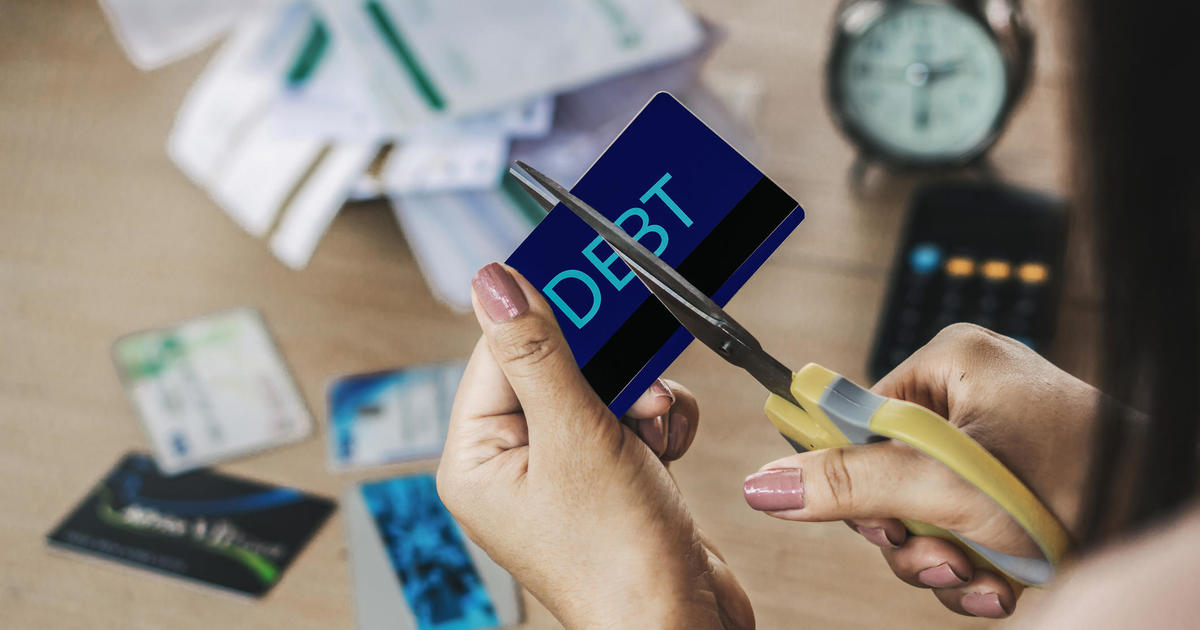How much would a $50,000 HELOC cost per month?
Borrowing money is an important part of many people's financial lives. There are myriad ways to borrow money, including credit cards, mortgage and auto loans. One method for borrowing money that some people may not be aware of, though, is a home equity line of credit (HELOC). A HELOC is essentially a second mortgage, but rather than taking out one lump sum, you are able to take money out as needed for a predetermined period of time.
HELOCs have two major phases. First is the draw phase, during which you can take out money as needed. The draw period can last as long as 10 years. Payments during this period may only be on interest or may include principal and interest, depending on the terms of the loan.
The second phase is the repayment period. During this time you make payments back to the lender on a schedule so your total owed is back to zero by the end. This period usually lasts 20 years, though some lenders may require a balloon payment. That's one reason it makes sense to be sure you know the terms of your HELOC before borrowing the money.
Start shopping for a HELOC today.
How much would a $50,000 HELOC cost per month?
How much you'll pay each month with a HELOC depends on a number of factors. The most relevant ones are the loan term and the interest rate.
There's a simple formula to calculate your monthly payment for a HELOC (or any other loan, for that matter). Here it is:
Monthly payment = P * [r(1 + r)^n] / [(1 + r)^n – 1]
P = Principal amount ($50,000)
r = Monthly interest rate (Annual rate / 12 months / 100)
n = Number of monthly payments (Loan term in years * 12)
To show how this works, we'll look at two different potential HELOC terms and use the formula above to determine how much you'd pay each month. As a means of comparison, we'll also look at one home equity loan, which is similar to a HELOC but with a single lump sum loan rather than a draw period.
Option 1: 10-year variable rate HELOC at 9.00%
Let's start with a HELOC with a 10-year repayment period. We'll use an interest rate of 9.00%, which is the national average HELOC rate as of October 18, 2023. While HELOCs generally use a variable rate, meaning your interest rate will change over time, there is no way to predict how rates will change over the next 10 years. For this example, we'll assume a constant rate.
When plugging a $50,000 loan into the above formula, you end up with a monthly payment of $633.38 during the repayment period.
Option 2: 20-year variable rate HELOC at 9%
This example has the same rate, but the repayment is over a longer period of time. This will result in a smaller monthly payment of $449.86, but you'll actually end up paying significantly more in interest overall. Make sure to think about whether the lower monthly payment is worth paying more over the life of the HELOC.
Get details on HELOCs online today.
Option 3: 15-year home equity loan at 8.89%
The calculation for a home equity loan works the same way as a HELOC. For a 15-year loan with an interest rate of 8.89% (the national average for 15-year loans as of October 18, 2023), the monthly payment will come to $503.87.
Home equity loans usually have a fixed rate, meaning you won't have to worry about your rate fluctuating.
Reasons to use a HELOC
There are a number of potential uses for a HELOC. Some of the more common ones include:
Make household repairs
Borrowing against your house to make the house better is a great use for a HELOC. This could mean anything from replacing a hot water heater to redoing a bathroom or kitchen. Not only can this make your home more comfortable for you to live in, but it can ultimately increase the resale value of your home when you choose to sell.
And, if you make certain renovations, you may also be able to deduct the interest payments on the loan on your income tax return.
Pay for emergencies
Sometimes life throws you curveballs. Whether it's a medical situation or a major car repair, a HELOC can be used to borrow money to pay for expenses you can't afford to cover out of pocket.
Business expenses
If you have a small business, a HELOC can be a way to cover some expenses for it. That said, remember that many businesses fail, and you'll still be on the hook for any money you borrow. Make sure you completely think it through before you open a HELOC for the purposes of business expenses.
Get more information about HELOCS and home equity loans right now.
The bottom line
A HELOC is a way to borrow money against the equity in your home — and it can be a smart way to do so, considering that today's credit card and personal loan rates are typically much higher than what you'd get with a HELOC. But before you make this move, it's important to know what your payments will look like later on. Luckily, there is a simple formula to figure out how much you'll owe monthly, based on the terms of your loan and how much you borrow.




